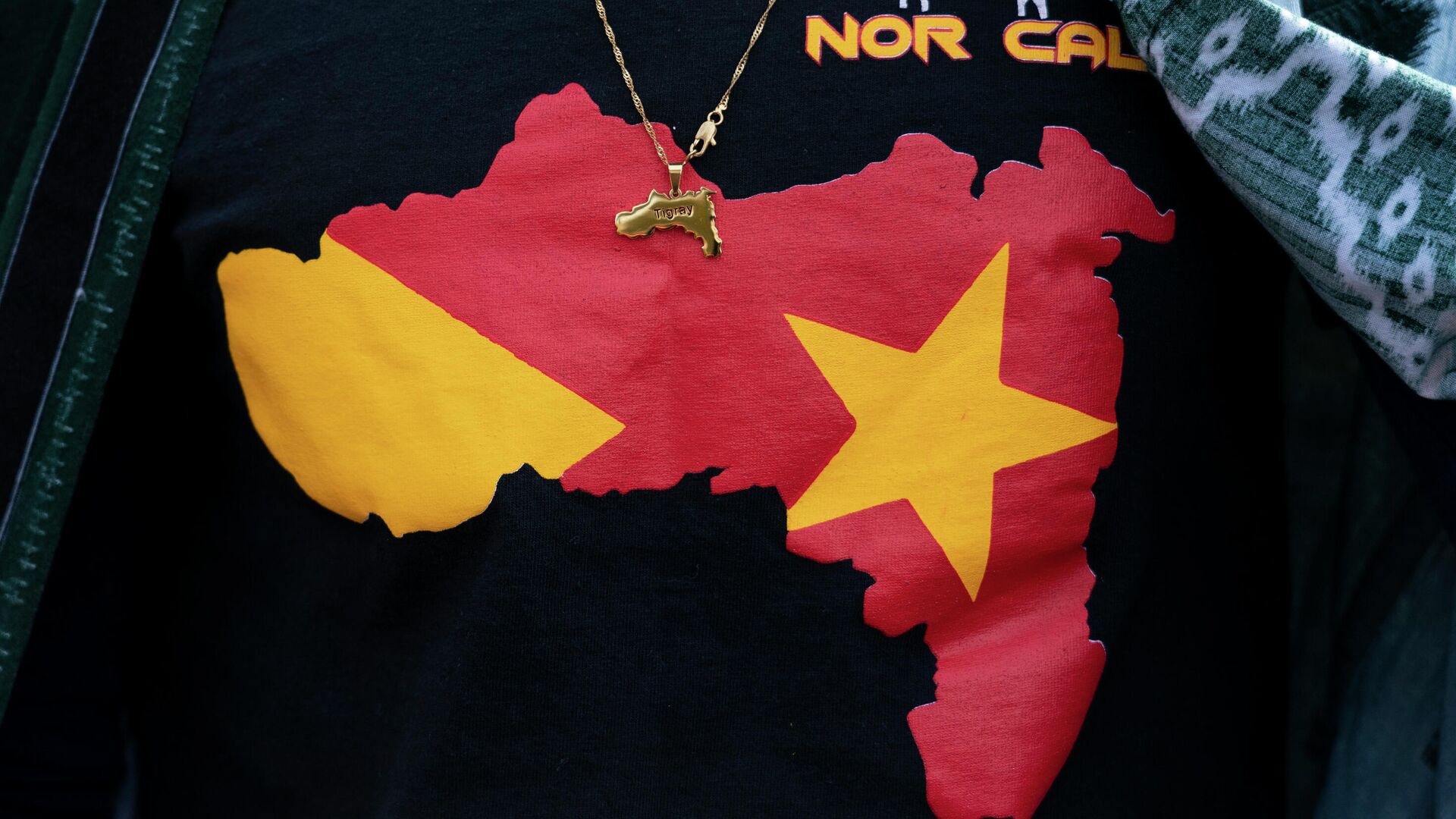Report Claims Half-Million Killed by War in Ethiopia’s Tigray, But Ignores Amhara, Afar Deaths
21:03 GMT 16.03.2022 (Updated: 11:36 GMT 23.11.2022)

© AP Photo / Gemunu Amarasinghe
Subscribe
A new report by researchers at Belgium’s Ghent University claims that as many as half a million people have died in Tigray since the region’s government launched an armed uprising against the Ethiopian government in late 2020. However, it does not mention victims outside Tigray state.
The researchers, led by Jan Nyssen, a prominent researcher of land degradation in Ethiopia, found that between 50,000 and 100,000 people had directly died of violence, according to Canada’s Globe and Mail. They also estimated that 150,000 to 200,000 had died of starvation, while another 100,000 had been caused by lack of access to adequate health care.
However, Nyssen told the paper that his team had only been able to catalog 289 incidents in which a total of 12,478 civilians had died. “But the true number of deaths from violence is far higher, they believe,” the paper notes. There is no mention of how the other numbers were arrived at, or of the metrics used to estimate just a vast death toll.
Moreover, the report only described estimated deaths in Tigray and does not mention deaths in Amhara and Afar, two other Ethiopian states that have been invaded and occupied over the course of the war by the Tigray People’s Liberation Front (TPLF), Tigray’s ruling party and the former rulers of all of Ethiopia.
Last month, Amnesty International published a damning report documenting mass executions and gang rapes in two Amhara towns by the TPLF, and the United Nations High Commissioner for Refugees (UNHCR) denounced a massacre at a refugee camp in Afar state for which the TPLF is the primary suspect. Numerous other journalists have documented extensive killings, as well as looting and other destruction by the group, including AFP and BreakThrough News.
The TPLF launched the uprising in November 2020 when it ambushed Ethiopian forces sent to Tigray after the government held an illegal election in defiance of Prime Minister Abiy Ahmed’s COVID-19 safety orders. Eritrea soon entered the war on the side of Ethiopia after the TPLF bombarded Asmara for sheltering fleeing Ethiopian troops, and by the following summer, the TPLF had launched an invasion of northern and eastern Amhara state and western Afar. By December, Ethiopian forces had reversed the group’s gains and forced them back behind Tigray borders, but a ceasefire and peace deal has so far not happened.
The conflict has created a situation in which humanitarian aid into affected areas became extremely difficult. “The ongoing fighting also continues to block the Semera-Abala-Mekelle route, further exacerbating the flow of humanitarian supplies into Tigray, combined with the limited supplies allowed in before mid-December, mainly due to earlier administrative measures, forcing humanitarian partners to either reduce their operations significantly or halt them,” the UN Office for the Coordination of Humanitarian Affairs (OCHA) said in a report last week.
However, the TPLF and Western powers have claimed that Abiy’s government has organized a blockade of Tigray in an attempt to deliberately starve the population. The claim has been used to justify punishing economic sanctions against Abiy’s government and that of Eritrean President Isaias Afwerki by Washington, although leaked video of closed-door meetings has revealed close coordination between the TPLF and Western diplomats, including from the United States.
Still, a massive humanitarian crisis exists in northern Ethiopia, where OCHO estimates 9.4 million people in Amhara, Afar and Tigray states are in need of aid, including food, medicine and fuel.

